The Importance of Starting Hands in Poker
In the world of poker, the significance of starting hands cannot be overstated. The first two cards you receive in a game of Texas Hold’em, or your “hole cards,” can greatly influence the outcome of the game.
Basics of Poker Starting Hands
Before delving into the complexities of the poker starting hands chart, let’s start with the basics. A starting hand in poker consists of the two hole cards you receive at the beginning of a Texas Hold’em round. These cards determine your initial strength and potential in the game.
There are a total of 169 possible starting hands in Texas Hold’em poker, ranging from the high-value ‘Ace-Ace’ to the low-value ‘2-7 offsuit’. Understanding the strength of each of these starting hands is crucial for developing a winning poker strategy.
| Starting Hand | Description |
|---|---|
| Ace-Ace | The strongest possible starting hand |
 A♦️ |    A♠️ |
| Starting Hand | Description |
|---|---|
| King-King | The second strongest starting hand |
  K♠️ |   K♦️ |
| Starting Hand | Description |
|---|---|
| Queen-Queen | A strong starting hand, but vulnerable to Kings and Aces |
   Q♣️ | 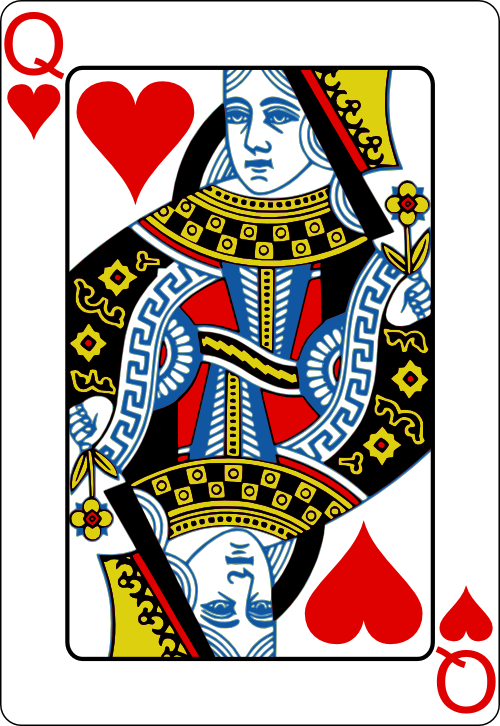    Q♥️ |
| Starting Hand | Description |
|---|---|
| 2-7 offsuit | Considered the worst possible starting hand |
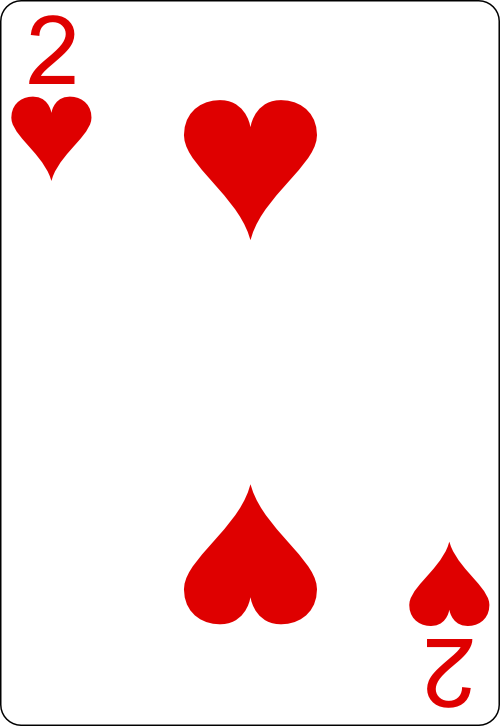  2♠️ | 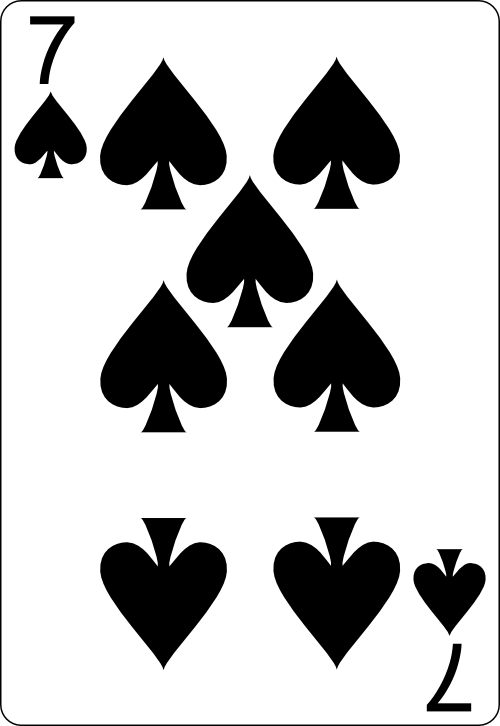  7♠️ |
For a more detailed understanding of hand strengths, you can refer to our poker hand strength chart.
Why Starting Hands Matter
The importance of starting hands in poker lies in their ability to influence your decisions throughout the game. Your starting hands can guide your betting decisions, provide insight into potential winning combinations, and help you assess your position against other players.
Starting hands serve as the foundation of your strategy in every round of poker. By using a poker starting hands chart and understanding the relative strength of each hand, players can make informed decisions about when to fold, call, or raise.
A strong starting hand, for example, can give a player the confidence to bet aggressively, putting pressure on their opponents. On the other hand, a weak starting hand might lead a player to fold early, saving their chips for a more favorable opportunity.
It’s important to remember that while starting hands are influential, they are just one aspect of a comprehensive poker strategy. Factors such as your position at the table, the number of players, and their playing styles can also affect the outcome of the game. For more insights on how to navigate these factors, check out our article on poker preflop strategy.
Understanding the importance of starting hands and knowing how to use them to your advantage is a key step towards improving your poker game. Stay tuned as we delve deeper into the poker starting hands chart in the following sections.
Understanding the Poker Starting Hands Chart
In the world of poker, mastering the poker starting hands chart can significantly influence your gameplay. This chart is a guide that outlines the potential strength of your starting hands before the flop. Let’s delve into how to read this chart and understand the role of the player’s position in the game.
How to Read the Chart
The poker starting hands chart is essentially a matrix that represents all possible combinations of your two hole cards. On one axis, you’ll find the first card (usually noted by rank and suit), and on the other axis, the second card. The intersection of these two cards in the chart indicates the strength of that specific starting hand.
The chart usually color-codes the hands based on their strength. Stronger hands are often highlighted in green and weaker hands in red. The hands in between may be in yellow or orange.
Here’s a simplified example of how a starting hands chart might look:
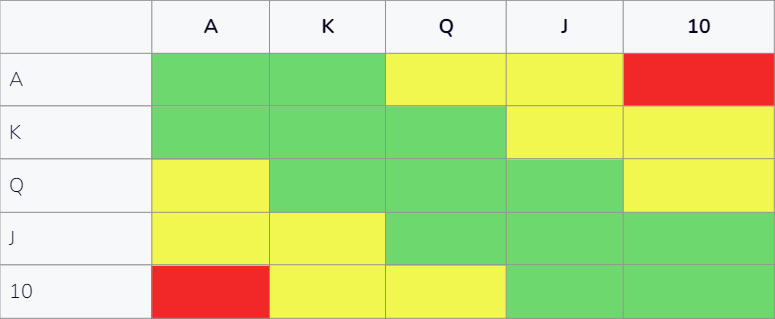

Green (Strong Hand)
Yellow (Playable Hand)
Red (Weak Hand)
Remember, this chart is a guide and not a strict rulebook. It is designed to help you make informed decisions, but the unique circumstances of each game will often require you to adapt your strategy. For a more detailed understanding, check our poker hand strength chart.
Importance of Position in Poker
Beyond the starting hands, another key factor that influences your pre-flop strategy is your position in the game. The “position” refers to the order in which players act during a hand. A player who acts later has more information, as they’ve seen how the other players have decided to play their hands.
In poker, the position is usually divided into three types: early, middle, and late. Early position players act first, followed by middle position players, and finally late position players.
The power of position comes from the information you gather from your opponents’ actions. The later your position, the more information you have at your disposal to make informed decisions. For instance, if you’re in a late position and everyone has folded, you can play a wider range of starting hands.
Understanding the position and how to adjust your play based on it is a critical aspect of poker preflop strategy.
In summary, both the poker starting hands chart and your position at the table are crucial elements to consider in your poker strategy. By understanding and applying these concepts, you can make more informed decisions and enhance your poker skills.
Categories of Starting Hands
The poker starting hands chart is typically divided into five main categories: Premium Hands, Strong Hands, Playable Hands, Marginal Hands, and Weak Hands. These categories help players determine the potential strength of their starting hands in poker.
Premium Hands
Premium hands are the cream of the crop in the Texas Hold’em world. They include the strongest possible starting hands, such as pocket Aces, pocket Kings, and Ace-King suited. These hands offer the highest winning percentage against any other hands and should always be played aggressively. For more information, refer to our article on the best preflop hands in poker.
| Hand | Description |
|---|---|
| AA | Pocket Aces |
| KK | Pocket Kings |
| AKs | Ace-King suited |
   A♦️ |    A♠️ |
Strong Hands
Strong hands are a notch below premium hands but still offer a high chance of winning. They include pocket Queens, pocket Jacks, and Ace-Queen suited, among others. These hands should generally be played, but caution should be exercised if there’s heavy action.
| Hand | Description |
|---|---|
| Pocket Queens | |
| JJ | Pocket Jacks |
| AQs | Ace-Queen suited |
   Q♣️ |     Q♥️ |
Playable Hands
Playable hands have a decent chance of winning, especially if played from the right position. They include hands like King-Queen suited, pocket Tens, and Ace-Ten suited. These hands can be profitable but require good post-flop play to be effective. Check our poker preflop strategy for more information.
| Hand | Description |
|---|---|
| KQs | King-Queen suited |
| TT | Pocket Tens |
| ATs | Ace-Ten suited |
  K♥️ |     Q♥️ |
Marginal Hands
Marginal hands can be playable under the right conditions, particularly in later positions and against fewer opponents. They include hands like Ace-Nine suited, King-Jack suited, and Queen-Jack suited. Understanding preflop hand odds can help decide when to play these hands.
| Hand | Description |
|---|---|
| A9s | Ace-Nine suited |
| KJs | King-Jack suited |
| QJs | Queen-Jack suited |
  A♥️ | 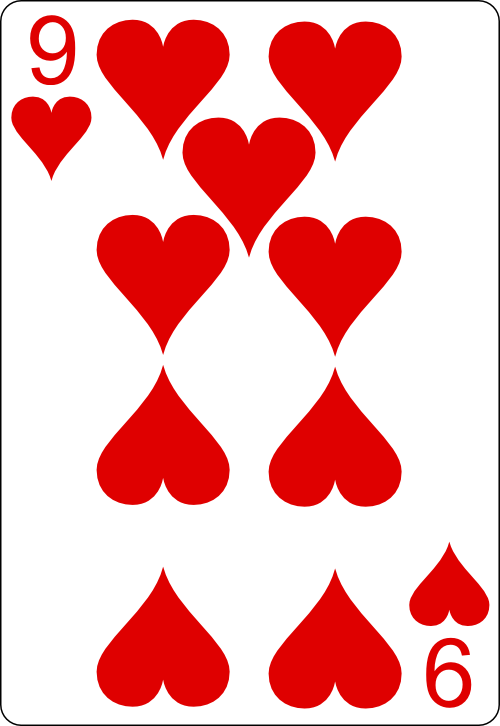  9♥️ |
Weak Hands
Weak hands hold little value and are generally not advisable to play. They include hands like Seven-Two offsuit, Eight-Three offsuit, and Nine-Two offsuit. These hands have a very low chance of winning and often lead to losses over the long term.
| Hand | Description |
|---|---|
| 72o | Seven-Two offsuit |
| 83o | Eight-Three offsuit |
| 92o | Nine-Two offsuit |
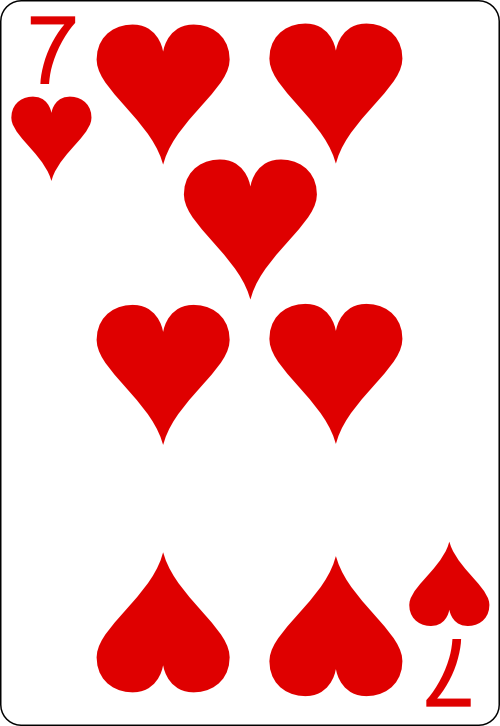  7♠️ |   2♠️ |
By understanding these categories, players can make more informed decisions about which hands to play and how to play them. This basic understanding of hand categories can make a significant difference in one’s poker game, contributing to a more solid and effective preflop strategy.
Using the Poker Starting Hands Chart
The poker starting hands chart is a fundamental tool for any poker enthusiast. It provides a strategic guide to help players make the most informed decisions before the flop. However, to use the chart effectively, it’s important to consider various factors, such as your opponents’ play styles, the number of players in the game, and your stack size.
Adjusting to Your Opponents
An integral part of using the poker starting hands chart effectively is adjusting your strategy based on your opponents’ behaviors. If an opponent frequently folds, you might be able to play a wider range of hands. On the contrary, against aggressive players, you should stick to playing stronger hands.
Remember, the poker starting hands chart is simply a guide. It should not replace careful observation and analysis of your opponents’ tendencies. For more on how to adjust your preflop strategy based on your opponents, check out our article on poker preflop strategy.
Considering the Number of Players
The number of players in the game can significantly impact the strength of your starting hands. As the number of players increases, the likelihood of someone having a strong hand also increases. Thus, you should narrow your range of starting hands when playing at a full table.
On the other hand, in short-handed games, you can generally play a wider range of starting hands. This is because there are fewer players to act after you, reducing the chances of running into a strong hand.
| Number of Players | Recommended Starting Hands |
|---|---|
| 2-3 | Playable Hands and above |
| 4-6 | Strong Hands and above |
| 7+ | Premium Hands |
Taking Into Account Your Stack Size
Your stack size should also influence the way you use the poker starting hands chart. If you have a large stack, you can afford to take more risks and play a wider range of hands. Conversely, with a smaller stack, you should stick to playing premium and strong hands to avoid risking your tournament life.
| Stack Size | Recommended Starting Hands |
|---|---|
| Large Stack | Playable Hands and above |
| Medium Stack | Strong Hands and above |
| Small Stack | Premium Hands |
Remember, the poker starting hands chart is a tool to aid your decision-making process. It is not a set-in-stone strategy. Always consider the unique circumstances of each game and adjust your strategy accordingly. For more information on preflop hand odds and the best preflop hands in poker, visit our articles on preflop hand odds and best preflop hands in poker.
Common Mistakes to Avoid
When utilizing the poker starting hands chart, it’s crucial to avoid certain common mistakes that can undermine your strategy. These include overvaluing hands, playing too many hands, and ignoring position.
Overvaluing Hands
A common pitfall for many poker players is overvaluing their starting hands. This often happens when a player gets a hand that looks good on the surface but doesn’t hold up well against the potential hands of their opponents. Overvaluing hands can lead to significant losses, especially if you invest heavily in a hand that doesn’t have a solid chance of winning.
To avoid this mistake, it’s important to understand the strength of your starting hands in relation to what your opponents might hold. A poker hand strength chart can be a useful tool for this purpose, helping you to make more informed decisions about whether to check, bet, or fold.
Playing Too Many Hands
Another common mistake is playing too many hands. While it may be tempting to play every hand in the hopes of hitting a lucky streak, this approach often leads to unnecessary losses. The key to success in poker is not playing more hands, but playing the right hands.
Using a poker starting hands chart can help you identify which hands are worth playing and which are better to fold. Remember, quality trumps quantity when it comes to profitable poker play. For more information on selecting the right hands, check out our article on best preflop hands in poker.
Ignoring Position
Ignoring position is another mistake that can cost you big in poker. The position refers to where you are seated in relation to the dealer, and it can significantly influence your strategy and the outcome of the game.
Players in later positions have the advantage of seeing how their opponents act before they have to make their own decision. This can provide valuable information that can be used to make more informed betting decisions. For a deeper dive into the importance of position in poker, refer to our article on poker preflop strategy.
Avoiding these common mistakes can significantly improve your poker game and increase your chances of success. Remember to use your poker starting hands chart as a guide, but don’t forget to consider other factors like your position, the actions of your opponents, and the size of your chip stack. Keep learning, practicing, and refining your strategy to become a more skillful poker player.
Tips for Improving Your Preflop Play
Following a poker starting hands chart is a great starting point for developing solid preflop play. However, effective poker strategies require more than just knowing which hands to play. Here are a few tips to help you improve your preflop strategy.
Being Patient
Patience is a virtue in poker, especially when it comes to preflop play. It’s easy to get bored and start playing hands that aren’t on the starting hands chart. However, this approach can lead to losses in the long run. Stick to the chart and only play the hands that are likely to yield positive results over time.
Remember, poker is a game of skill and patience. Winning players know when to fold their hand and wait for a better opportunity. Be patient, and the right hand will come your way. For more information on the strength of various poker hands, check out our poker hand strength chart.
Being Aggressive When Necessary
While patience is key, there are times when you’ll need to be aggressive in your preflop play. If you have a strong hand, don’t be afraid to raise and put pressure on your opponents.
Using the poker starting hands chart, you’ll know which hands are strong enough to merit a raise. Aggression can pay off in poker, but it’s important to know when to employ this strategy. For more insights on aggressive preflop play, visit our article on poker preflop strategy.
Continually Learning and Adapting
Poker is a game that constantly evolves. The same strategies that worked in the past might not work now. To stay ahead of the curve, you need to continually learn and adapt your game.
Use the poker starting hands chart as a foundation for your strategy, but don’t be afraid to deviate from it if the situation calls for it. Keep an eye on the changing dynamics of the game and adjust your play accordingly.
Understanding the odds of various hands can also be incredibly beneficial. For instance, knowing your preflop hand odds can help you make more informed decisions about when to bet, call, or fold.
Improving your preflop play is a gradual process that requires practice, patience, and a willingness to learn. Stay patient, be aggressive when necessary, and continually adapt your strategy to become a more effective poker player. For a deeper understanding of preflop play, explore our guide on the best preflop hands in poker.

